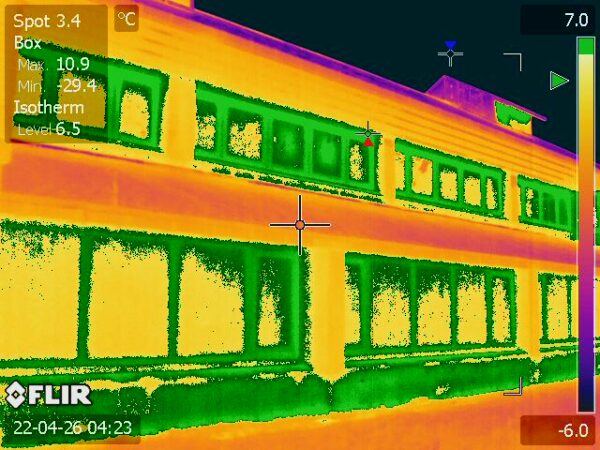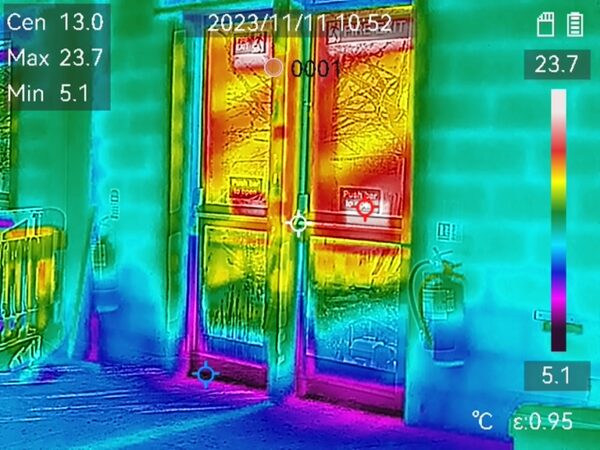Introduction to Thermal Imaging
Thermal imaging, also known as thermography, is a non-invasive technique that allows us to see the thermal energy emitted from an object. In the field of building and construction, thermal imaging has become an indispensable tool for detecting defects in building fabrics. This article explores the importance of thermal imaging surveys in identifying these defects.
Understanding Thermal Imaging
Thermal imaging works on the principle that all objects emit infrared energy as a function of their temperature. By capturing and analysing this energy, thermal imaging cameras can detect subtle temperature differences. These differences can be used to identify a wide range of building fabric defects, from insulation deficiencies to water damage.

The Role of Thermal Imaging in Building Inspection
Detecting Insulation Deficiencies
One of the most common uses of thermal imaging in building inspection is to detect insulation deficiencies. Poor insulation can lead to significant heat loss, resulting in higher energy bills and reduced comfort for building occupants. Thermal imaging can quickly and accurately identify areas where insulation is missing or performing poorly.
Identifying Water Damage and Leaks with Thermal Imaging
Water damage and leaks can cause serious structural damage if left untreated. Thermal imaging can help identify these issues before they become major problems. Wet areas will typically have a different temperature than dry areas, making them easily identifiable in a thermal image.

Uncovering Structural Defects with Thermal Imaging
Structural defects, such as missing structural components or thermal bridges, can often be detected with thermal imaging. These defects can impact the thermal performance of a building and lead to increased energy consumption.
The Benefits of Thermal Imaging Surveys
Thermal imaging offers several benefits over traditional inspection methods. It’s non-invasive, meaning it doesn’t require any destructive testing. It’s also fast and efficient, allowing for large areas to be inspected in a short amount of time. Furthermore, thermal imaging provides a visual representation of the issue, making it easier to understand and communicate the findings.
In conclusion, thermal imaging plays a crucial role in the inspection and maintenance of building fabrics. By enabling us to see what the naked eye cannot, thermal imaging allows for early detection and remediation of a wide range of building defects. As we continue to strive for more energy-efficient and sustainable buildings, the importance of thermal imaging is only set to increase.
We provide a Professional Thermal Imaging Inspections
Our high specification utilised in these inspections which surpasses those required by BREEAM, our thermographers are Level 3 certified, which is the highest accreditation available. We also utilise large format FLIR thermal imaging cameras.
Its worth noting that our thermal imaging services include the following:
- Level 3 thermographic certification
- Level 3 qualified electrical thermographers
- Large format FLIR cameras with 45-degree lenses
- A detailed report which includes thermal indexing formula for fault diagnosis, qualification, and severity grading.
If you have any further questions in regard to the above, please don’t hesitate to call me on 07775 623464 or email us at info@aptsoundtesting.co.uk.
